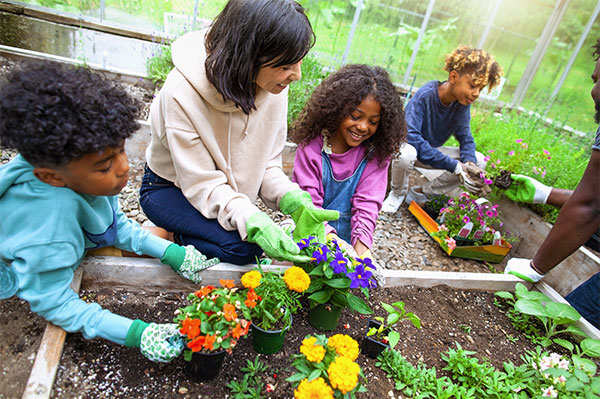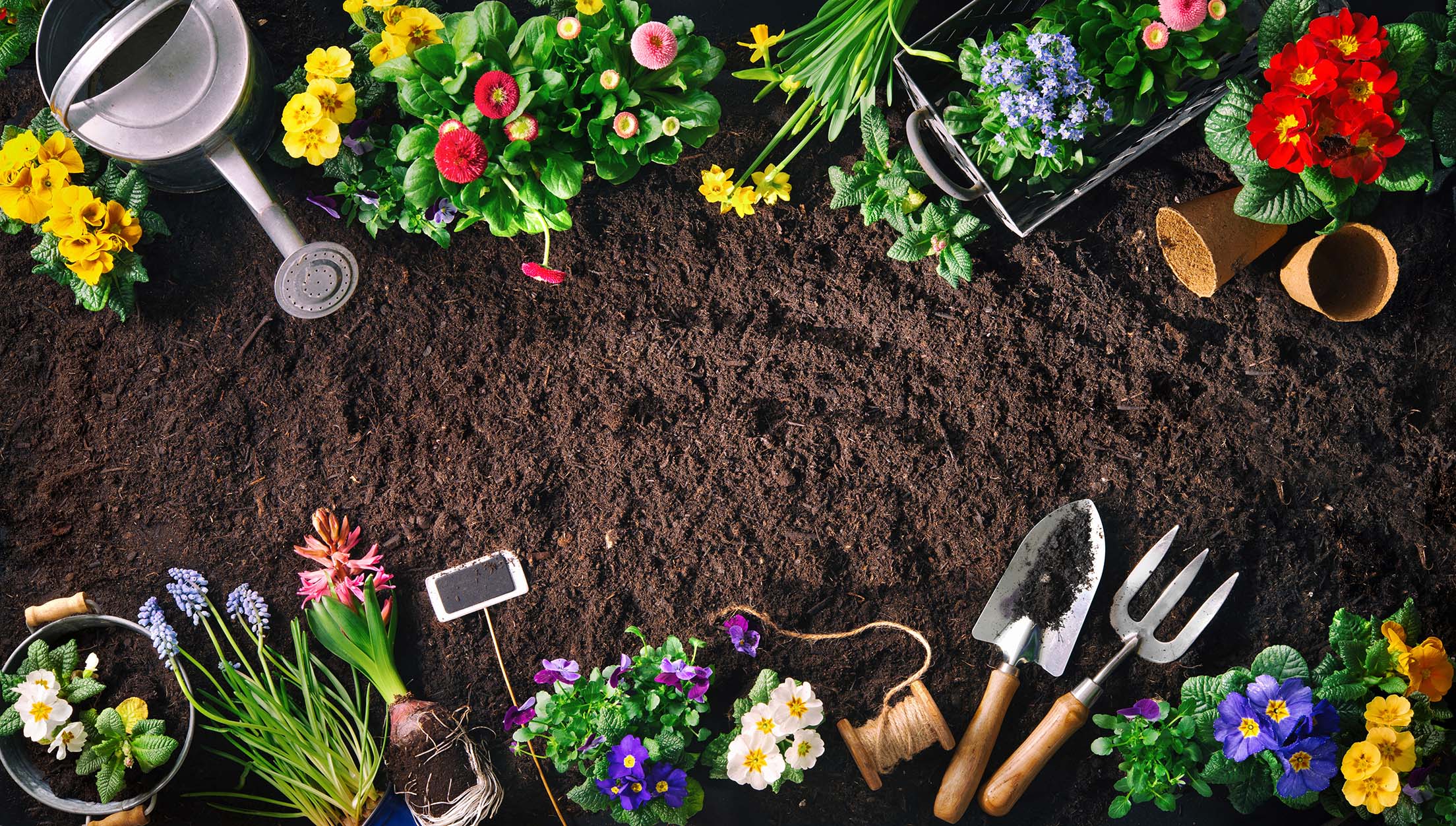Professional Gardening Tips for Creating a Sustainable and Eco-Friendly Garden
Getting started on the journey to create a lasting and green garden entails a series of calculated options and practices that not only enhance the charm of your room but additionally contribute positively to the setting. To reveal more functional techniques and skilled understandings, allow us explore the crucial components that define an ecologically mindful yard.
Pick Native Plants
Selecting native plants for your yard is an essential action toward achieving sustainability. Furthermore, indigenous plants commonly call for less water when established, adding to more effective water use.
Past their functional advantages, indigenous plants play a crucial role in sustaining neighborhood biodiversity. They give essential environment and food resources for indigenous wild animals, including pollinators such as birds, bees, and butterflies. This promotes a balanced community, which is crucial for the health of your garden and the surrounding environment.

Implement Water Preservation
Implementing water conservation strategies is important for keeping a sustainable yard. Reliable water usage not only decreases the ecological impact however likewise makes certain that plants receive sufficient hydration without wastefulness. One reliable method is to use drip irrigation systems, which provide water straight to the plant origins, reducing evaporation and overflow. This targeted strategy can significantly decrease water usage compared to standard lawn sprinklers.
In addition, mulching is a useful technique for conserving water. By applying a layer of natural compost, such as timber chips or straw, around the base of plants, garden enthusiasts can decrease dirt dissipation and keep regular dampness levels. Mulch likewise aids control dirt temperature level and subdues weed growth, additional adding to plant wellness.
Rainwater harvesting is one more lasting technique. Installing rainfall barrels or other collection systems allows garden enthusiasts to record and keep rainwater, which can later be utilized throughout completely dry durations. This not just preserves local water yet also provides a natural, chemical-free resource for irrigation.
Lastly, picking drought-tolerant plant varieties can drastically minimize water demands. These plants are adapted to grow in low-water problems, making them suitable for environmentally friendly gardens. gardening tips. Executing these water conservation methods will foster a resilient, lasting yard
Use Organic Gardening Approaches

Pest monitoring in a natural yard relies upon incorporated parasite monitoring (IPM) strategies. These include motivating advantageous insects, you could look here utilizing natural predators like ladybugs and lacewings, and executing crop rotation to disrupt pest life cycles. Companion planting, where certain plants are grown together to ward off bugs or draw in valuable pests, is an additional reliable strategy.
Weed control is managed through mulching and manual removal, instead of counting on herbicides. Compost not just reduces weeds but also preserves dampness and enhances soil wellness as it damages down. Organic mulches, such as straw, wood chips, and leaves, are specifically beneficial.
Develop Wild Animals Environments
Producing wildlife environments within your yard not only enhances biodiversity but also sustains the ecological community's equilibrium. By making areas that attract and sustain neighborhood fauna, you can create a thriving micro-ecosystem that profits both animals and plants. Begin by incorporating native plants, as these are appropriate to your regional climate and provide vital like this food and shelter for wildlife. Indigenous plants supports a variety of bugs, birds, and little mammals, adding to the ecological network.
Take into consideration adding a water function, such as a fish pond or birdbath, to provide a regular water source. Water elements bring in a range of varieties, from amphibians to pollinators, boosting the garden's vitality. In addition, mounting birdhouses, bat boxes, and insect hotels offers secure nesting websites and encourages biodiversity.
Leave some areas of your yard undisturbed, enabling leaf clutter and dropped branches to accumulate. These natural particles piles develop habitats for pests and little animals, cultivating a balanced ecological community. Stay clear of using chemical pesticides and herbicides, as they can hurt advantageous wildlife and interfere with food web. By focusing on these sustainable techniques, your garden can end up being a shelter for neighborhood wild animals, advertising eco-friendly wellness and sustainability.
Method Composting and Mulching
A crucial facet of lasting horticulture, composting and mulching, substantially improves dirt health and click for source minimizes waste. Unlike artificial fertilizers, garden compost enhances the dirt with advantageous microorganisms and essential nutrients, fostering a healthier yard ecosystem.
Mulching, on the other hand, entails covering the dirt surface area with natural or inorganic materials, such as straw, timber chips, or shredded leaves. This technique supplies a number of advantages: it preserves dirt dampness, reduces weed growth, and moderates dirt temperature. Compost likewise gradually breaks down, including organic issue to the soil and more boosting its fertility.
To exercise effective composting, ensure your compost heap has a balance of eco-friendly materials (abundant in nitrogen) and brownish products (rich in carbon), preserving appropriate aeration and moisture. gardening tips. Regularly transforming the heap accelerates decay. For mulching, apply a 2-3 inch layer around plants, guaranteeing it does not straight speak to stems or trunks to stop rot
Final Thought

Choosing indigenous plants for your garden is a basic step towards achieving sustainability.Furthermore, integrating indigenous plants can boost the aesthetic allure of your garden. These plants are adjusted to thrive in low-water conditions, making them ideal for green gardens. Carrying out these water conservation techniques will certainly foster a resistant, sustainable garden.
In verdict, establishing a environmentally friendly and lasting yard involves the calculated selection of native plants, the fostering of water preservation techniques, and the application of natural gardening techniques.
Comments on “Creative Gardening Tips for Tiny Rooms: Optimize Your Urban Garden”